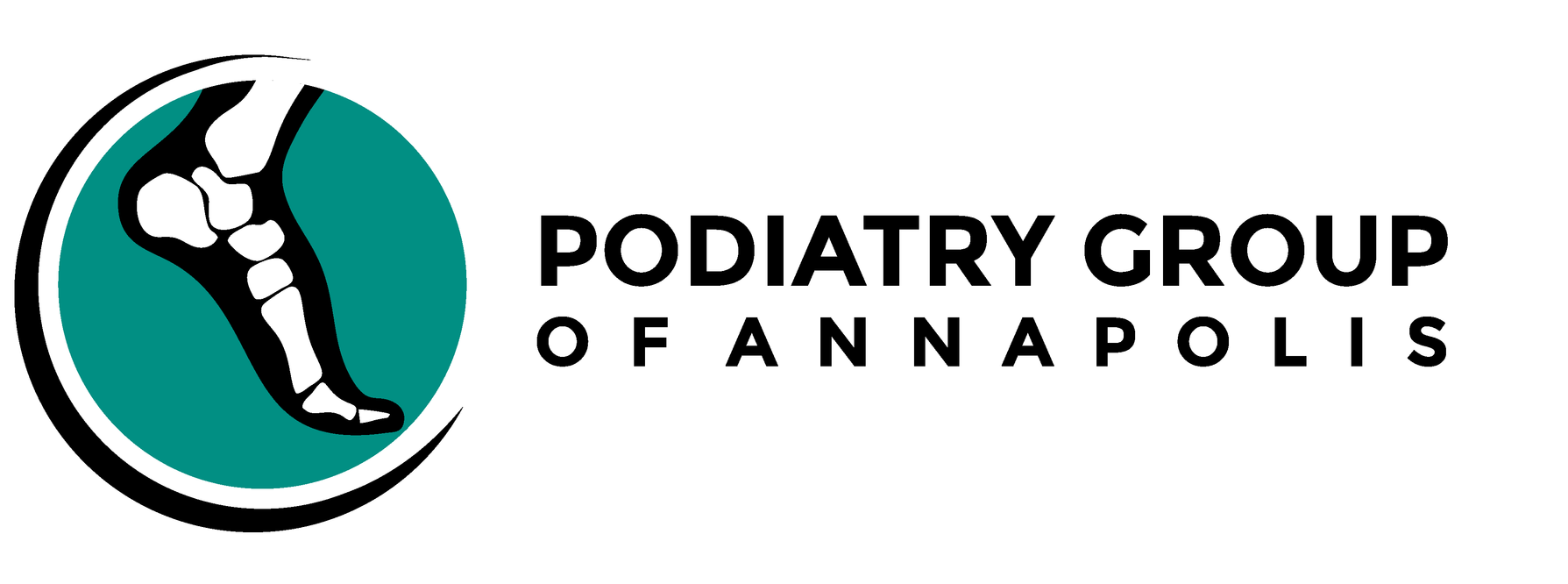Learning About Hammertoes
What Is a Hammertoe?
If one of your toes points upward rather than lying flat in line with the others, you might have a hammertoe.
A hammertoe is a foot deformity that happens when one of the toe muscles becomes weak and puts pressure on the toe’s tendons and joints. This pressure forces the toe into an atypical shape and causes it to stick up at the joint. Hammertoes most often occur on the second toe or the smallest toe.
There are hammertoes, clawtoes, and mallet toes.
- Hammertoes are bent at the middle joint only.
- Clawtoes are bent at the middle and end joints
- Mallet toes only affect the joint at the end of the toe.
Doctors categorize all forms of hammertoe as flexible, semi-rigid or rigid. The more inflexible the toe, the more painful it will be.
Complicating matters, a corn or callus on often grows on top of a hammertoe, clawtoe, or mallet toe. If the end of the toe is affected, the skin near the toenail tip may develop a painful corn that can eventually result in an ulcer. Any corn or callus can be painful when it rubs against your shoe.
What Causes Hammertoes?
- Genetics: People with high arches are more at risk of hammertoes. On the other end of the spectrum, those with flat, flexible feet are at risk as well.
- Fashionable footwear: Women develop all forms of hammertoes more often than men do. Doctors believe that this is because women are more likely to wear narrow, poorly fitting shoes with little arch support, high heels, and pointy toe boxes. Such shoes damage the structural integrity of the feet.
- Underlying health conditions: Patients with diabetes, circulatory ailments, or neuropathy are at increased risk for occurrence of and complications from hammertoes.
Treating Hammertoes
If you have a hammertoe, you can reduce discomfort by switching to sensible, comfortable shoes and regularly using a pumice stone (never a razor, grater, or blade!) on your callus or corn.
Relatively simple hammertoe surgery straightens the toe and is the best way to permanently fix a hammertoe. This will make shoes fit better, reduce the friction that causes calluses and corns, and make your feet more attractive.
James M. McKee, DPM, FACFAS is an expert in diagnosis and treating hammertoes and all other medical issues related to your feet, ankles, and lower legs. Dr. James M. McKee can examine your feet to determine if your problem is actually a hammertoe. Then, if surgery is required, he will bring his years of experience and state of the art skills to your treatment.
If you suspect that you have a hammertoe, call Podiatry Group of Annapolis, P.A. at 410-224-4448 or click here today to schedule an appointment at our convenient Annapolis office.

